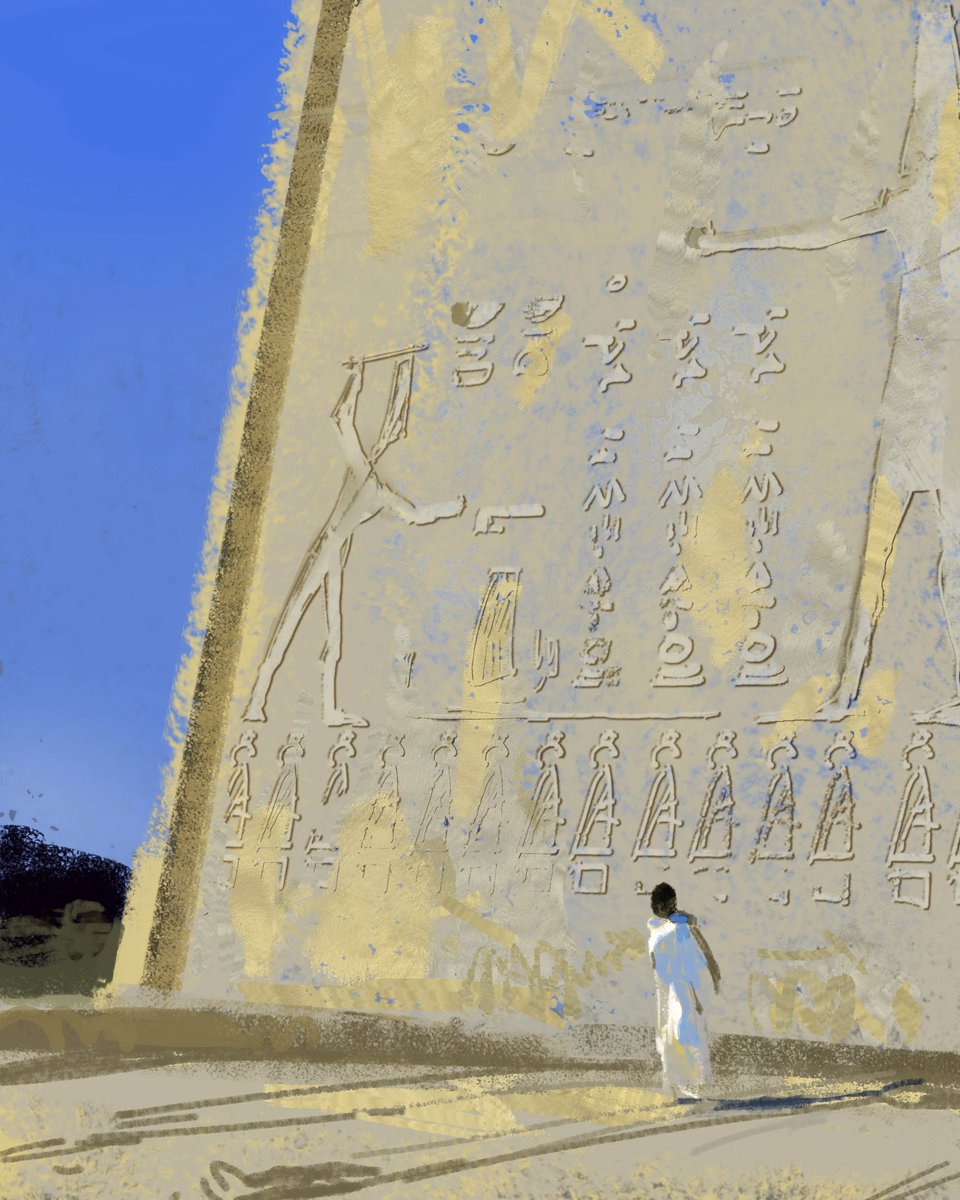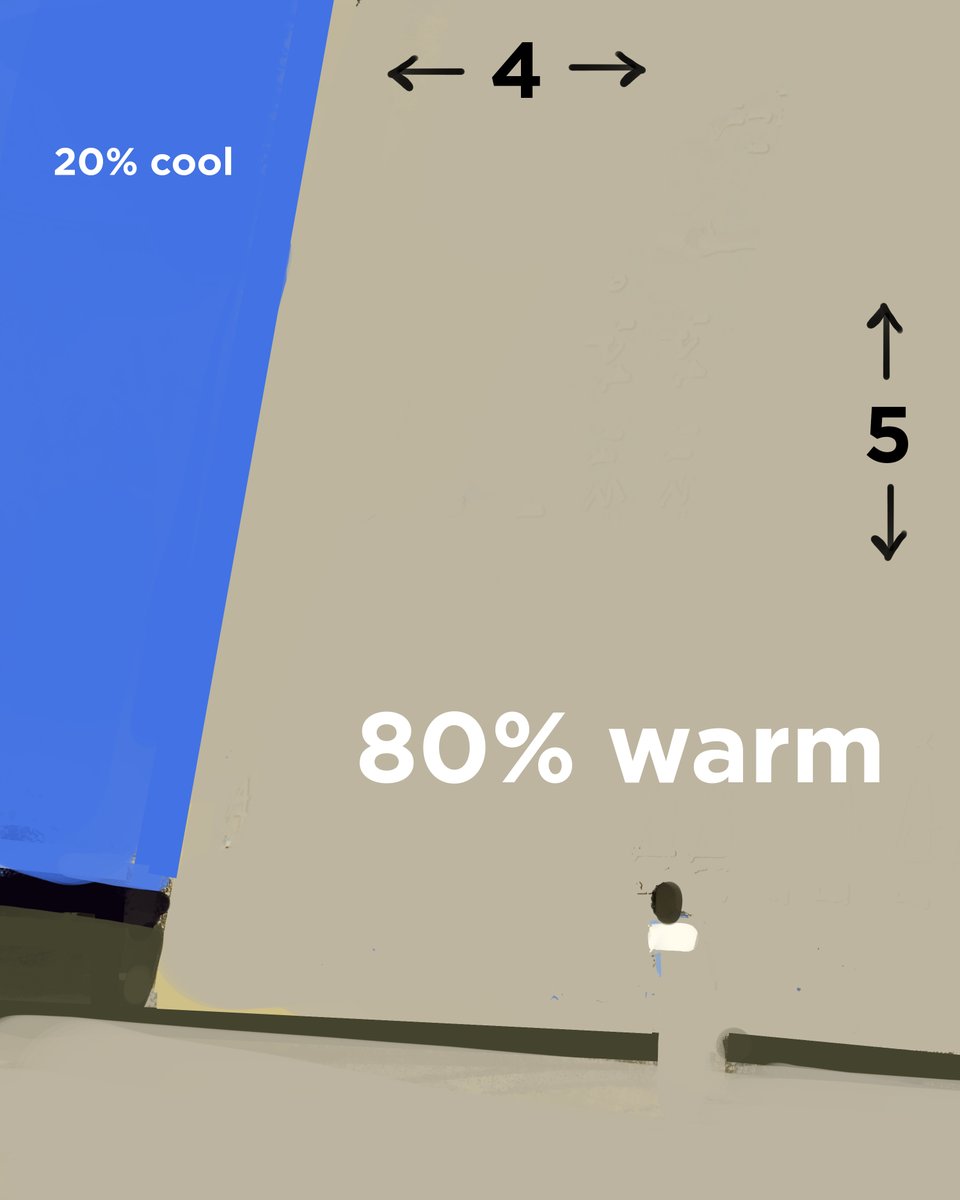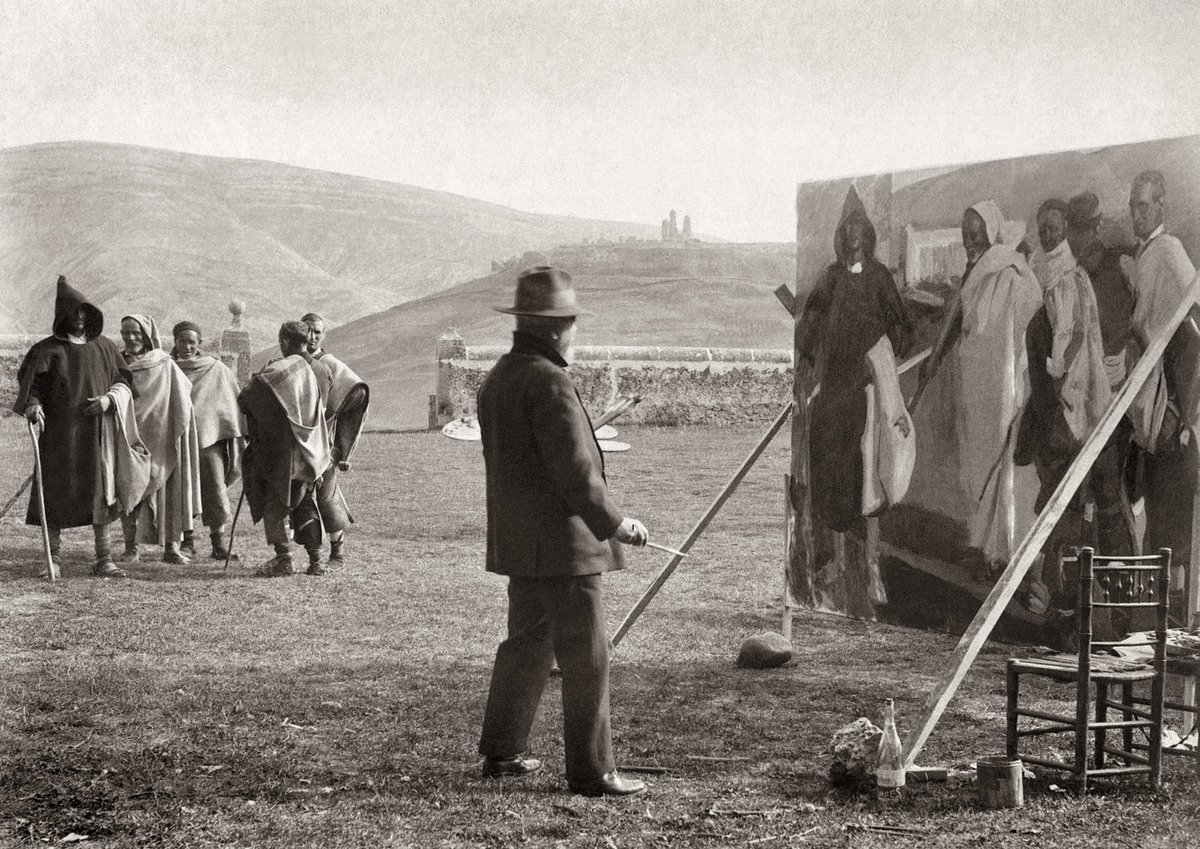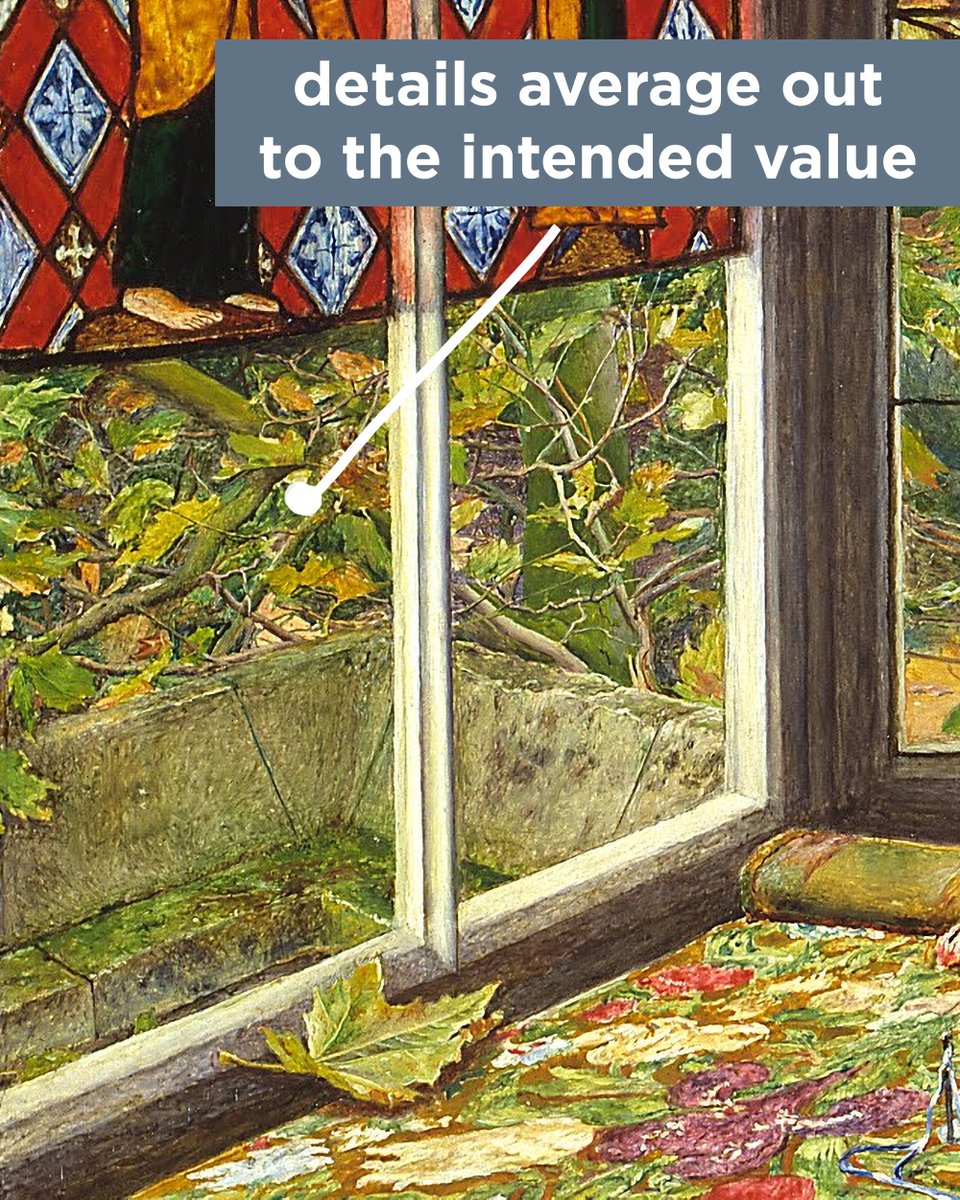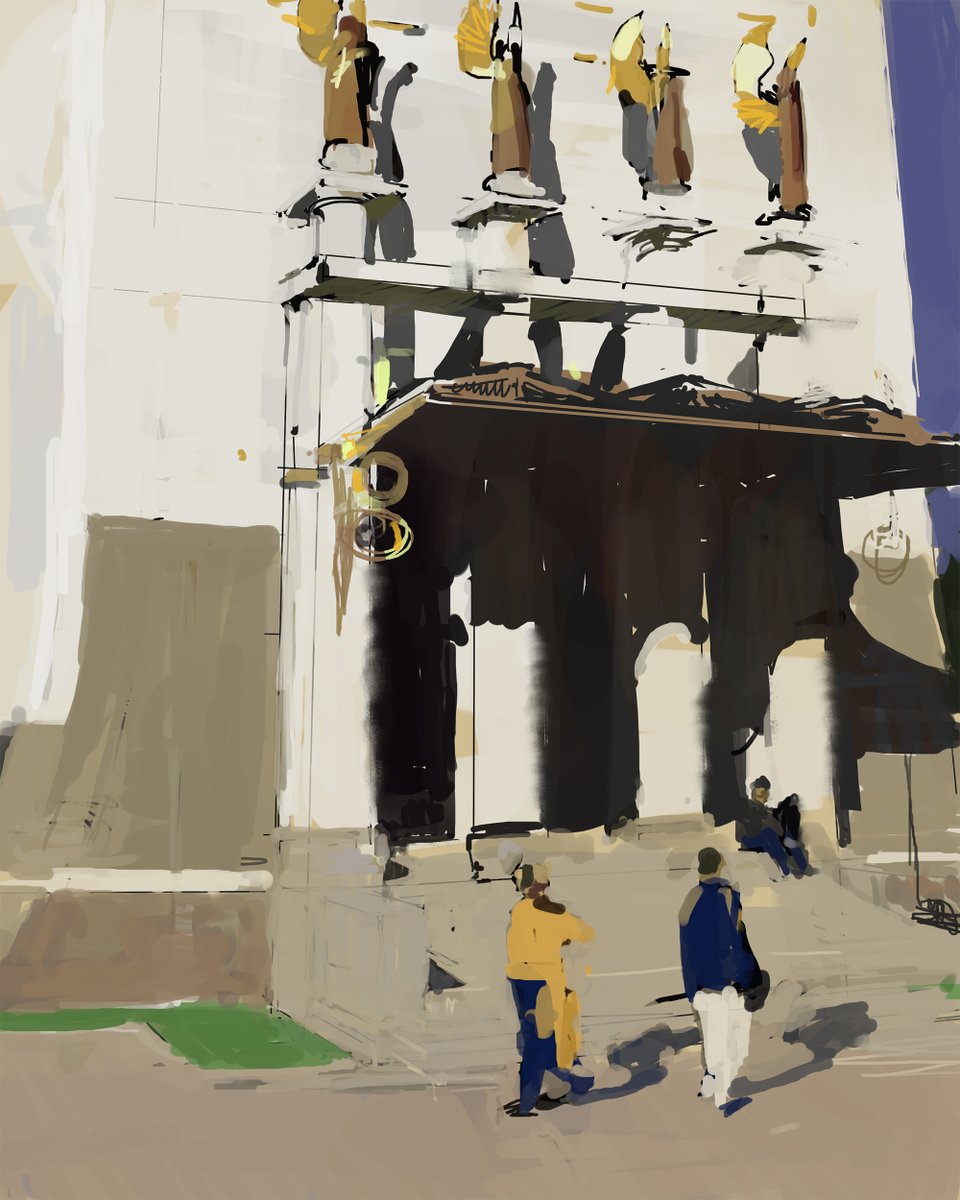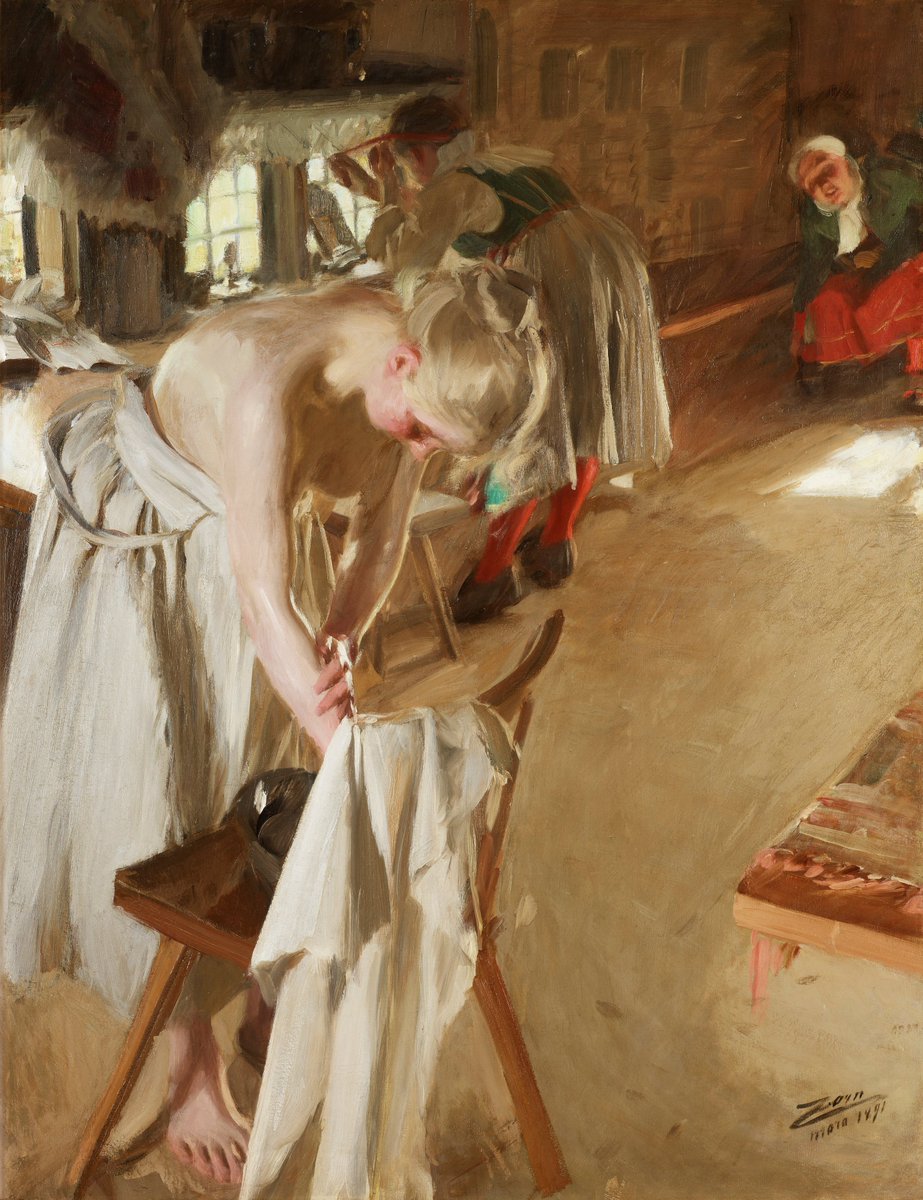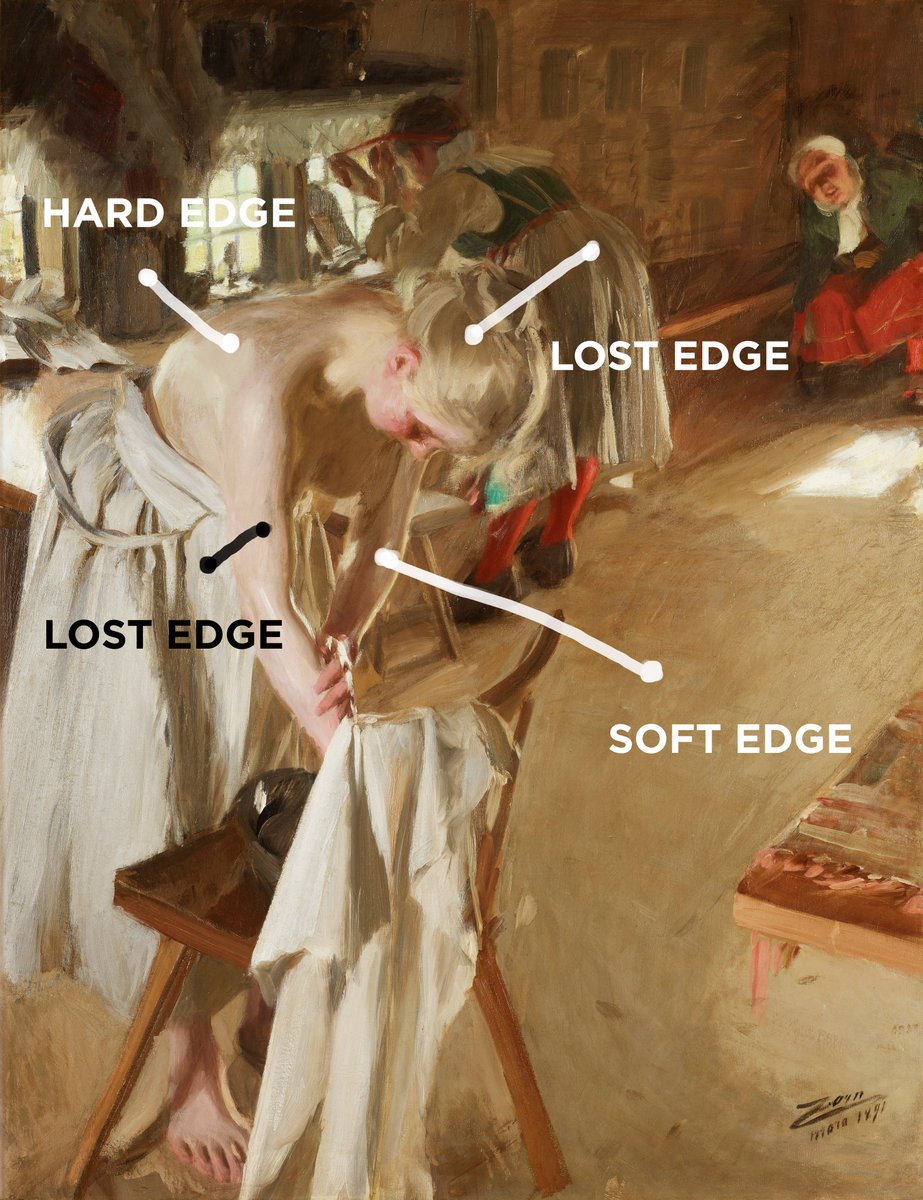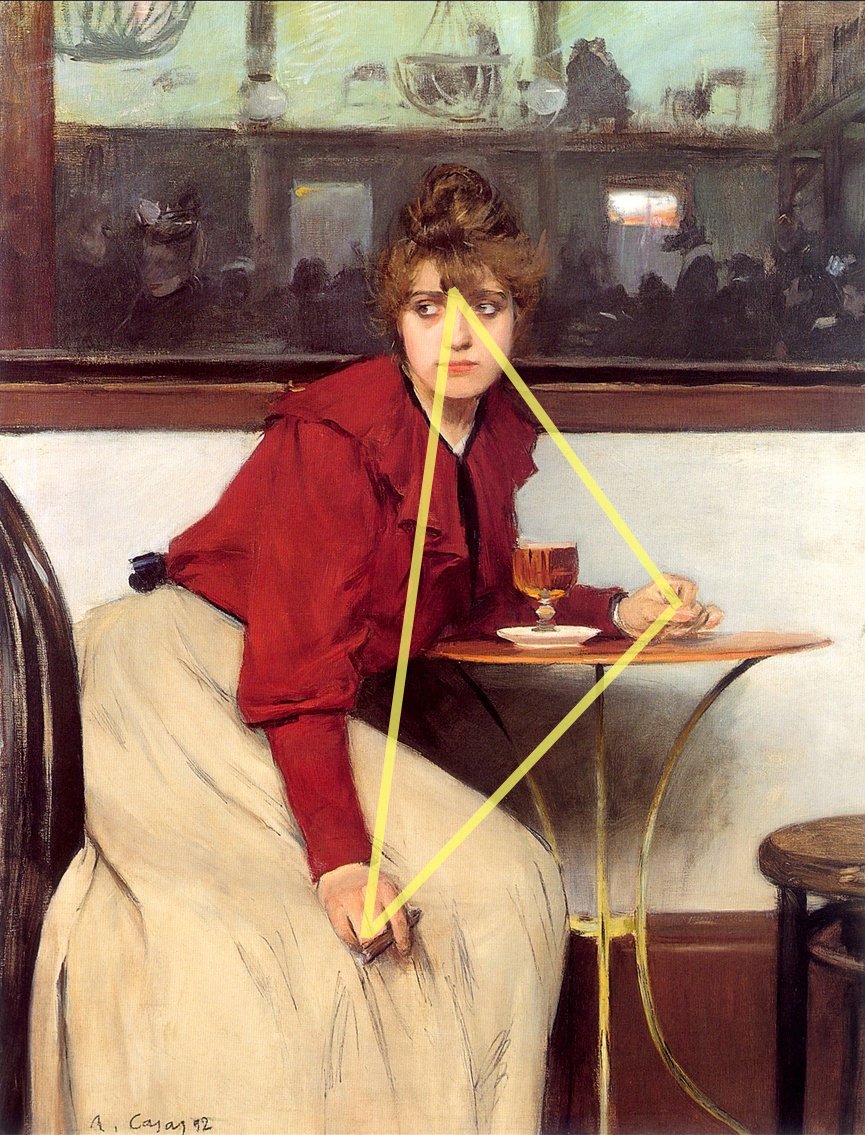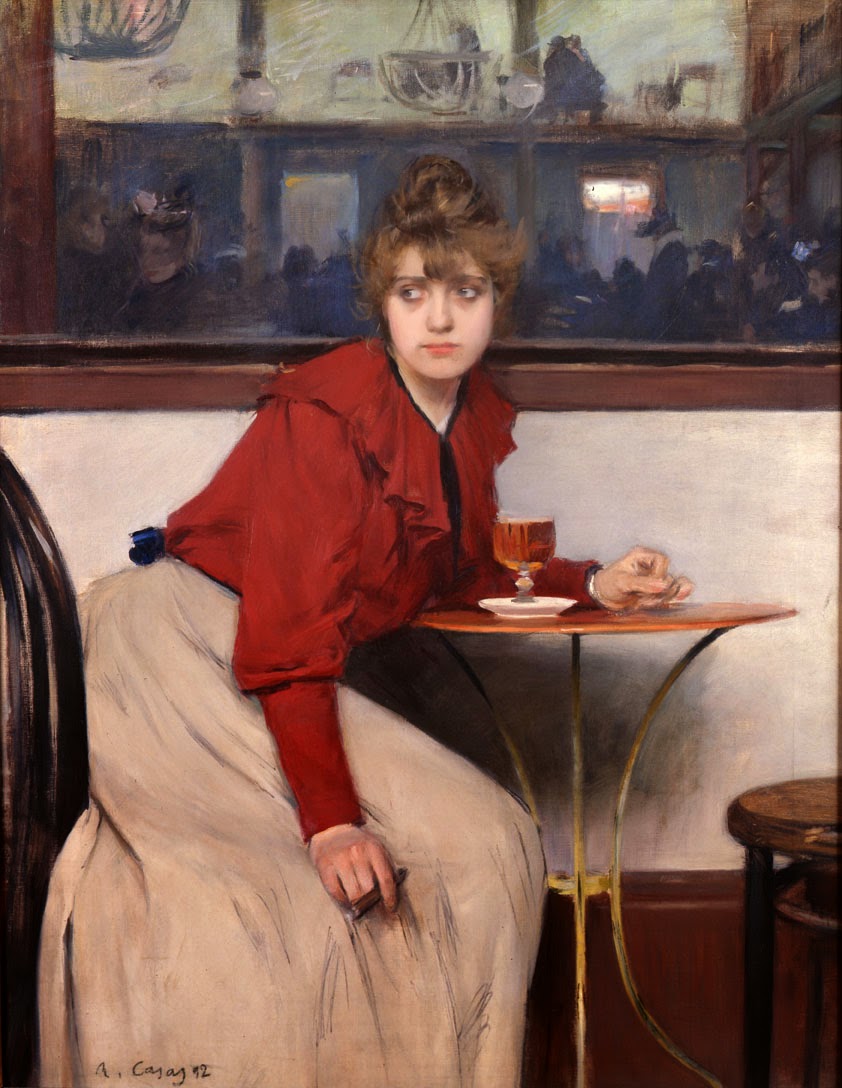Tip about highlights in painting and drawing! Highlights show structure in the lit side of an object, and they are just as useful as shadows for showing form. 



Highlights like to hang out in corners because there are a lot of angle changes there, and therefore more chances for the light to be reflected back to your eye. 





That doesn't mean that specular highlights can't show up on flat planes, it just means that you have to find the one perfect angle to do so, like this camera angle here. 

Why can't highlights touch form shadows? Because the light is a reflection of the scene. See how the environment stretches over the form? The mirror reflection of the light source will never touch a reflection of an area that is not seeing that light. 

I know what you may be thinking..."Devin, here is an example of a highlight touching a form shadow! The plane on the left isn't seeing the light, making it a form shadow, and the highlight on the right side certainly seems to be touching it. Don't you know anything??" 

If we zoom in, you'll see that the corner actually is reflecting as if it were a sphere. As we make the angle more extreme, the highlight will definitely get close, and may appear to touch when viewed at a distance, but it still stays within the midtones! 



If you are figure drawing, and you have a situation like this where the cylinder of the leg is mostly in shadow, it can be tempting to put the highlight right against the shadow. Give it some room to breathe! A cylinder would never have a highlight touching the shadow. 



By the way, speculars can touch cast shadows, like here under the nose. This will often lead to a hard edge due to value contrast. Sargent knew this and used it to his advantage! 



Try and look for the highlights and form shadows here! Imagine the highlights as a mirror reflection of the lamp and how it maps over the form. 

If you've enjoyed this, check out my ebook! With volume 1 and 2, there are all of my previous tutorials greatly expanded upon and with lots of bonuses like a glossary, recommended reading, and all the artists names right there with the examples! gumroad.com/l/cfv2
Volume 1 has lots more information on highlights! gumroad.com/l/YPtf 



• • •
Missing some Tweet in this thread? You can try to
force a refresh



